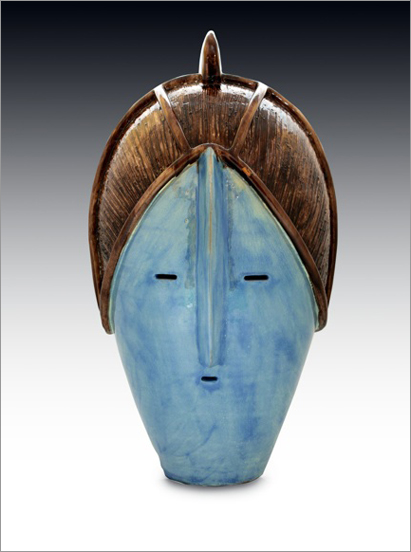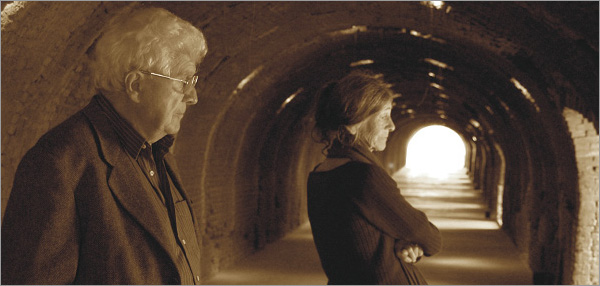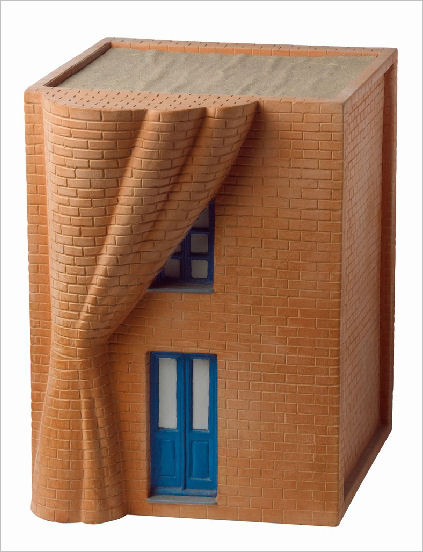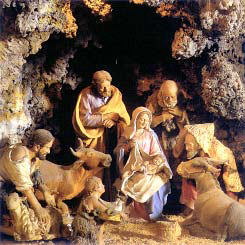Sept. 28 – Oct. 11, 2001
London, UK
 Giacomo Alessi’s work celebrates the glorious past of Sicilian ceramics while going for its renewal.
Giacomo Alessi’s work celebrates the glorious past of Sicilian ceramics while going for its renewal.
A deep understanding of Caltagirone’s millennial tradition of pottery making combined with a profound love for the complex and fascinating art of creating a meaningful something out of wet clay is the secret of Alessi’s sculptures.
Along with his handcrafted production – famous throughout the world – Giacomo Alessi has also been making his own “private” works. He takes pride, rightful pride, in showing his collection to a few privileged friends. But art cannot be concealed or silenced… his visitors spread the news and Giacomo has rapidly won international recognition.
Manuela and I met Giacomo Alessi in Caltagirone in 2007. We were starting our fine Italian ceramics web store and Giacomo was probably the very first artist we invited to join our project. A hesitant “let’s try…” was enough for us to fly to Sicily and visit him in his workshop. Continue reading



